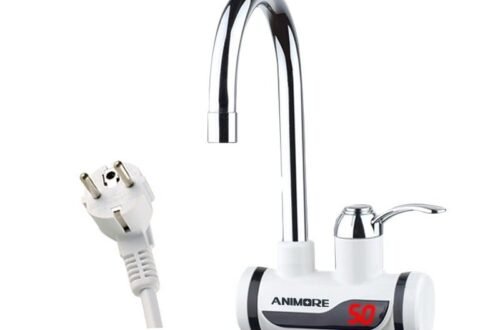Understanding the Causes of Back Pain
Back pain can arise from various factors, including poor posture, sedentary lifestyle, or muscle strain. Many individuals underestimate the impact of daily habits on spinal health. Repetitive lifting, long hours at a desk, or improper exercise can all contribute to discomfort. Recognizing the source of pain is the first step toward effective relief. By identifying whether it is muscular, skeletal, or nerve-related, one can adopt a more targeted approach. Awareness of the underlying cause reduces the risk of aggravating the condition and allows for more efficient management strategies.
Effective Stretching for Immediate Relief
Stretching plays a crucial role in alleviating tension and promoting flexibility. Gentle exercises such as cat-cow stretches, seated spinal twists, or hamstring stretches help relieve muscle tightness. Performing these movements consistently improves circulation and reduces stiffness. Stretching not only eases discomfort but also strengthens the supportive muscles surrounding the spine. Experts recommend incorporating stretches into daily routines, especially for those sitting for extended periods. Regular mobility exercises maintain a healthy range of motion, preventing recurring pain episodes.
Heat and Cold Therapy Benefits
Alternating heat and cold therapy can provide significant relief for back pain sufferers. Cold packs help reduce inflammation and numb sharp pain, particularly after injury or strain. On the other hand, heat therapy relaxes tight muscles and promotes blood flow to the affected area. Using these therapies strategically accelerates recovery and enhances comfort. Some prefer warm baths or heating pads, while others benefit from ice packs for acute flare-ups. Combining both approaches under professional guidance can maximize effectiveness and minimize discomfort.
Posture Correction and Ergonomic Support
Maintaining proper posture is essential for preventing and alleviating back pain. Ergonomic chairs, lumbar supports, and adjustable workstations can reduce undue stress on the spine. Simple practices, like keeping feet flat on the floor, avoiding slouching, and aligning the shoulders, can significantly impact spinal health. Awareness of body alignment during daily activities, including standing, sitting, and lifting, contributes to long-term neck pain relief. Small adjustments in posture often yield noticeable improvements over time, reducing reliance on medications or invasive treatments.
Lifestyle Changes for Lasting Relief
Sustainable back pain relief involves adopting a healthier lifestyle. Regular physical activity, a balanced diet, and maintaining an optimal weight all contribute to spinal health. Strengthening core muscles through targeted exercises enhances stability and reduces strain. Additionally, stress management techniques, such as meditation or yoga, can alleviate tension that exacerbates pain. Prioritizing sleep quality ensures proper spinal alignment and recovery. By integrating these holistic approaches, individuals can experience long-term relief and improved overall well-being.


